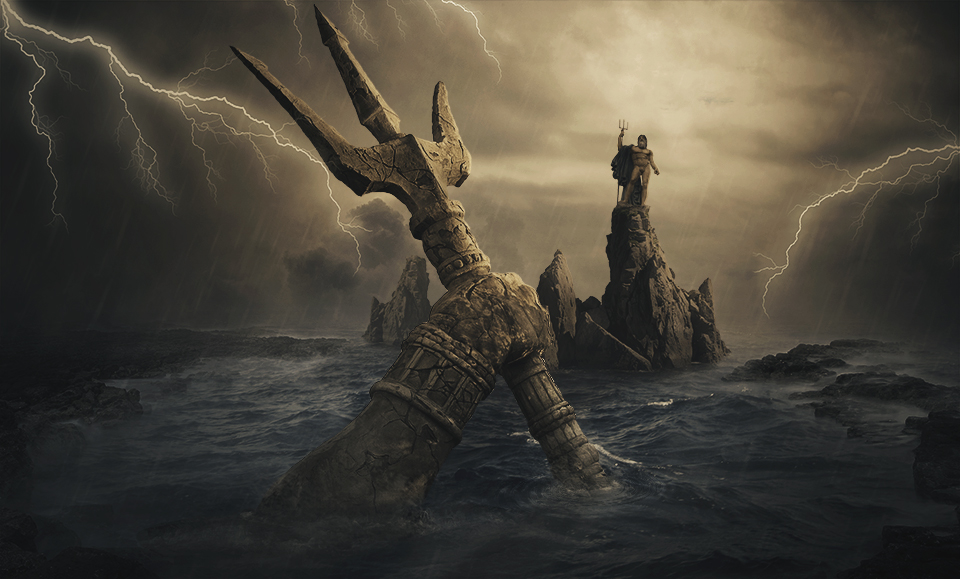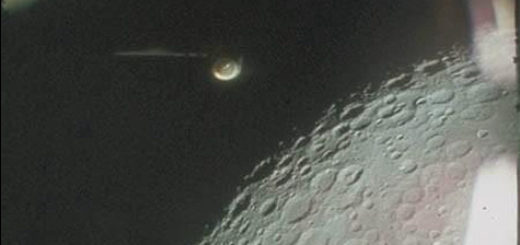Cuba’s Sunken Atlantis: The Underwater City Mainstream Scholars Ignore

Over 15 years ago a team of explorers found anomalous structures off the western Coast of Cuba. Sonar survey showed a set of intricate stone formations 650 meters beneath the Caribbean Sea.
Strangely, no one has ever explored the sunken city after it was found.
National Geographic published an article about the sunken city when it was found and promised to perform follow-up investigations, strangely, as many others, they too pulled out of the investigation.
It isn’t news anymore that there are countless sunken cities scattered across the globe. From Asia to the Americas, there are legends of great cities that were swallowed by the ocean, forgotten in time and history.
While some of these cities have been found –mostly due to better equipment researchers have— in recent years, there are still many more cities waiting to be rediscovered and brought back to life.
Different ancient texts belonging to various ancient cultures speak of massive floods that swept over the earth in the distant past. Evidence of that deluge can be found today, and it is a global phenomenon that is believed to have changed life on Earth forever.
The countless submerged structures found on our planet in recent years point to a much different time on Earth when our planet’s oceans were different then they are today.
Tales and legends of sunken empires like Atlantis, Mu, and Lemuria, have captivated the imagination of past generations and continue to do so presently.
Scientifically speaking, researchers have not –yet- found traces that would indicate this alleged might empires ever existed, however, many believe that this doesn’t mean they never existed, it just means we must keep searching.
One of the most fascinating discoveries in the last decade was made just off the coast of Cuba when a team of underwater explorers using sonar equipment picked up a staggering formation of stones located some 600 meters beneath the Caribbean ocean.
Over 15 years ago, the company, Advanced Digital Communications discovered peculiar structures beneath the Caribbean Sea. Based on sonar surveys, they suggested that the structures found off the western coast of Cuba were ancient monuments of an unknown ancient civilization.
Symmetrically arranged stones, which appeared to be remnants of some ancient urban development indeed point towards a highly developed society that could have inhabited the region in the distant past.
The submerged structures seemed entirely analogous compared against the barren ocean floor and seemed to display symmetrically organized structures reminiscent of urban development. All of this was found 600 meters beneath the surface.
When word of the discovery got out, media around the world started reporting headlines like ‘Atlantis Discovered in Cuba’ and ‘Lost City of the Caribbean Found’, captivating the interest of numerous governments, museum and popular magazines like National Geographic who showed great interest in exploring the sunken ‘city’ and promised further research and exploration.
However, these promises were just that, empty stories that lead nowhere as no one decided to go down there and further investigate the anomalous formations off the coast of Cuba.
You just dont make that type of discovery and pull out just like that. If sonar picked up structures underwater than the least we can do is go down there and see if there really is something down there. We could be looking at one of the most important underwater discoveries in history yet for some reason, we arent exploring it any further. —author Ivan Petricevic
Over 15 years after the initial discovery was made, the story about the sunken city of Cuba disappeared into obscurity.
The question no one seems to have asked is… What happened to the alleged sunken city near the coast of Cuba? Were the mysterious structures ever fully investigated? Is it possible that without public knowledge, someone explored these enigmatic sunken structures? And why is it that such a sensational discovery fell into obscurity so fast?
Geologist Manuel Iturralde remained open-minded saying: “These are extremely peculiar structures, and they have captured our imagination,” said Iturralde, who is director of research at Cuba’s Natural History Museum. Iturralde has studied countless underwater formations over the years, but said, “If I had to explain this geologically, I would have a hard time.”
Estimating that it would have taken 50,000 years for such structures to have sunken to the depth at which they were said to be found, Iturralde added: “50,000 years ago there wasn’t the architectural capacity in any of the cultures we know of to build complex buildings.” A specialist in underwater archeology at Florida State University added “It would be cool if they were right, but it would be real advanced for anything we would see in the New World for that time frame. The structures are out of time and out-of-place.”
Here are some images of the discovery:
Featured image credit
Mission images
Atlantis image credit
You just dont make that type of discovery and pull out just like that. If sonar picked up structures underwater than the least we can do is go down there and see if there really is something down there. We could be looking at one of the most important underwater discoveries in history yet for some reason, we arent exploring it any further. —author Ivan Petricevic



 Creators of mankind
Creators of mankind Description of “Tall white aliens”
Description of “Tall white aliens” Where they came from?
Where they came from? About hostile civilizations
About hostile civilizations The war for the Earth
The war for the Earth “Tall white aliens” about eternal life
“Tall white aliens” about eternal life Video: “Nordic aliens”
Video: “Nordic aliens” Aliens
Aliens Alien encounters
Alien encounters The aliens base
The aliens base UFO
UFO Technology UFO
Technology UFO Underground civilization
Underground civilization Ancient alien artifacts
Ancient alien artifacts Military and UFO
Military and UFO Mysteries and hypotheses
Mysteries and hypotheses Scientific facts
Scientific facts


















